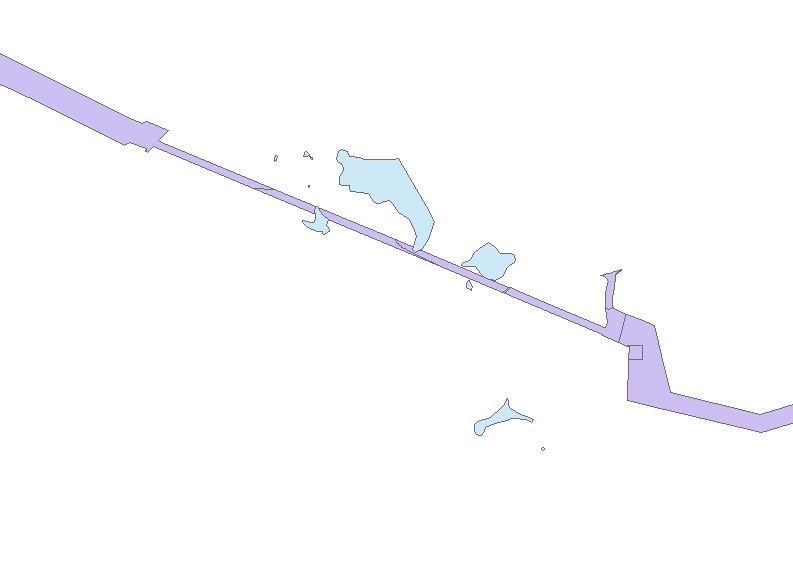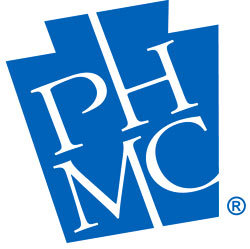Last month, we announced changes in how we would like to receive archaeological and architectural reports. These changes are designed to streamline the review process and to reduce paper copies. In addition, we are now requesting shapefiles for survey areas and resources so that we can process your data into CRGIS faster and with greater accuracy.
To go along with the new requirements, we developed minimum standards for the submission of geospatial data. As you are sending shapefiles with your report submissions, please follow the guidelines outlined below, or on the CRGIS web page.

All survey areas and resources should be mapped as polygons.
Formats
Preferred: Esri Shapefile consisting of at least .dbf, .shp, .shx. Please be sure that the data are projected, although we are not specifying which projection at this time.
Accepted: GoogleEarth KML; Esri Geodatabase
If your company does not pay for licensed GIS software, some free programs include QGIS and GoogleEarth Pro.
File Organization by Resource Type
When submitting geospatial data for projects, we would like survey areas, historic resources, and archaeological resources displayed in separate shapefiles. All survey areas and resources must be displayed using polygon geometry—not points or lines—as CRGIS will only display and link to polygon features.
Survey Areas
Submit survey areas for above and below ground projects in a single file if they are covered in the same report. This should include the areas where archaeological and historical resources were considered, which might not be equivalent to the project corridor. If a survey APE consists of dis-contiguous areas, merge them into a single feature. If the project contains above and below ground surveys, then this file should only contain two features. For projects with multiple addenda, submit a shapefile that is identical to the APE covered in that particular report.
We require the following minimum attributes for survey areas:
| Field Name | Type | Characters | Content |
| ERNO | Text | 20 | YYYY-NNNN-NNN-A
Fill in the appropriate year, sequence, county, and alpha code for that report |
| SURVEY_TYP | Text | 20 | Above ground; Below ground; Both |
Above Ground Resources
Submit all above ground resources in a single file. Each resource should be a single feature and must be represented by a polygon. Each resource should be identified by Key Number, with the field formatted as follows:
| Field Name | Type | Characters | Content |
| KEYNO | Text | 6 | NNNNNN
Enter the 6-digit key number |
Below Ground Resources
Submit all archaeological sites and isolated finds in a single file. Each resource should be a single feature and must be represented by a polygon. Please do not send find locations for non-site collections.
Each site or isolated find must be identified by its site or isolated find number:
| Field Name | Type | Characters | Content |
| SITENO | Text | 8 | 36AANNNN
Fill in appropriate 2-character county code and 4-digit site number or 36AA/NNN Fill in appropriate 2-character county code and 3-digit isolated find number
|
Other Data Types
If you would like to send us additional data, such as shovel test locations, survey coverage polygons, or other features noted during survey, please coordinate with CRGIS staff.
Questions?
As always, don’t hesitate to contact the CRGIS staff with any questions!
Noel Strattan, Supervisor, dstrattan@pa.gov
Elizabeth Shultz, Above Ground GIS Specialist, elishultz@pa.gov
Hannah Harvey, Below Ground GIS Specialist, hharvey@pa.gov
Comment Policy
PHMC welcomes and encourages topic-related comments on this blog. PHMC reserves the right to remove comments that in PHMC’s discretion do not follow participation guidelines.
Commenters and Comments shall be related to the blog post topic and respectful of others who use this site.
Commenters and Comments shall not: use language that is offensive, inflammatory or provocative (this includes, but is not limited to, using profanity, obscene, or vulgar comments); disparage other commenters or people; condone illegal activity; identify the location of known or suspected archeological sites; post personal information in comments such as addresses, phone numbers, e-mail addresses or other contact details, which may relate to you or other individuals; impersonate or falsely claim to represent a person or an organization; make any commercial endorsement or promotion of any product, service or publication.
If you would like to comment on other topics not related to this blog post but related to PHMC, please fill out the PHMC Contact Us Form.

Leave a Reply